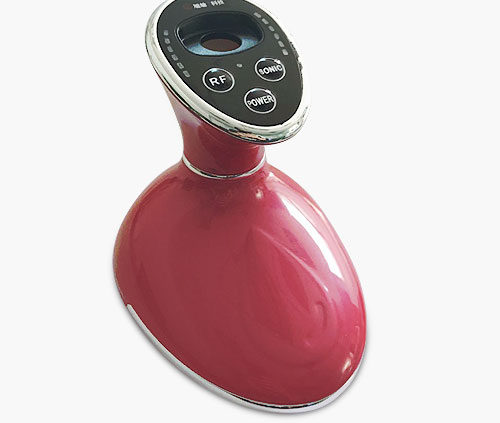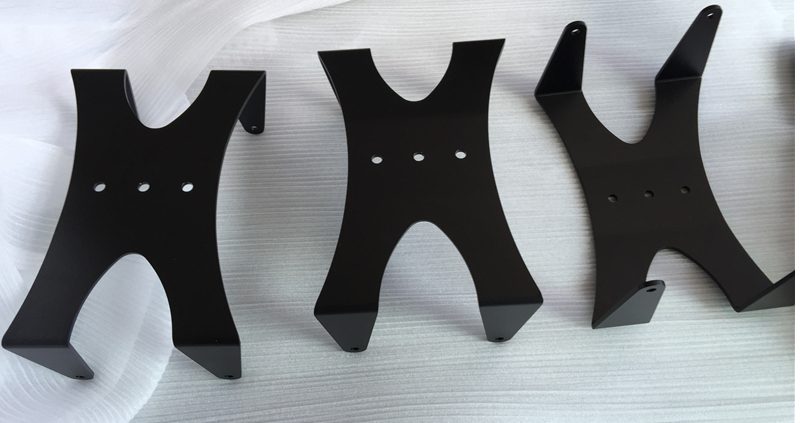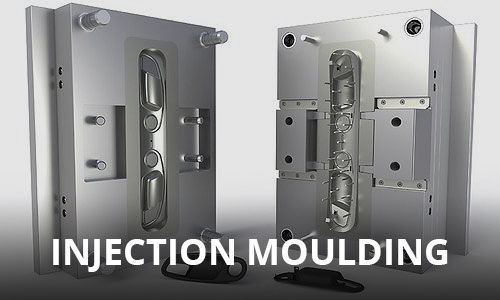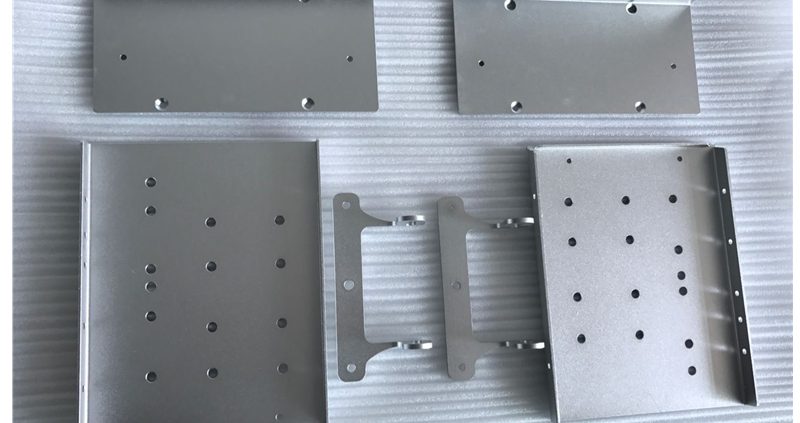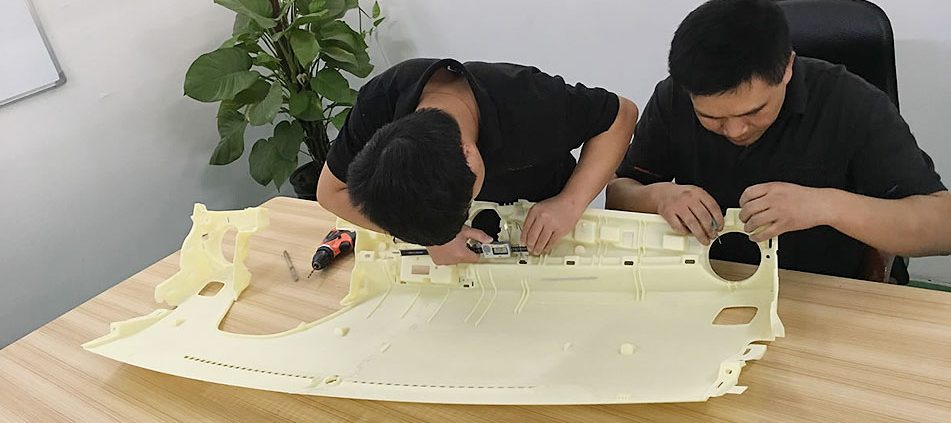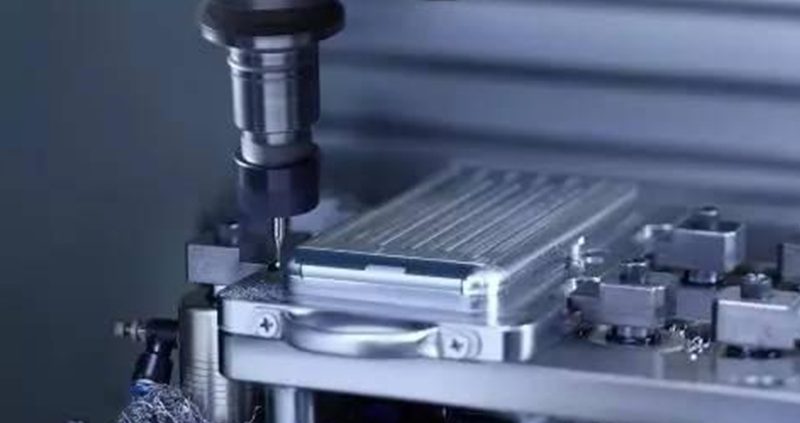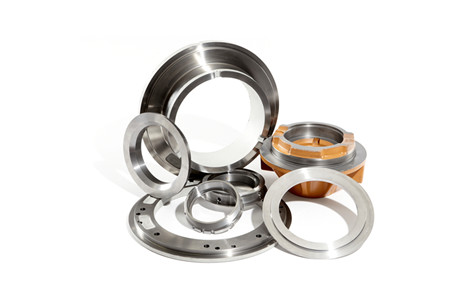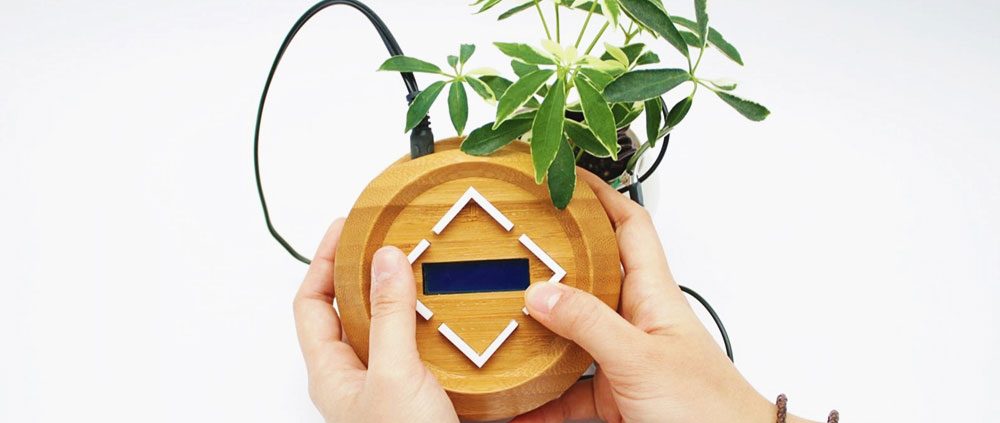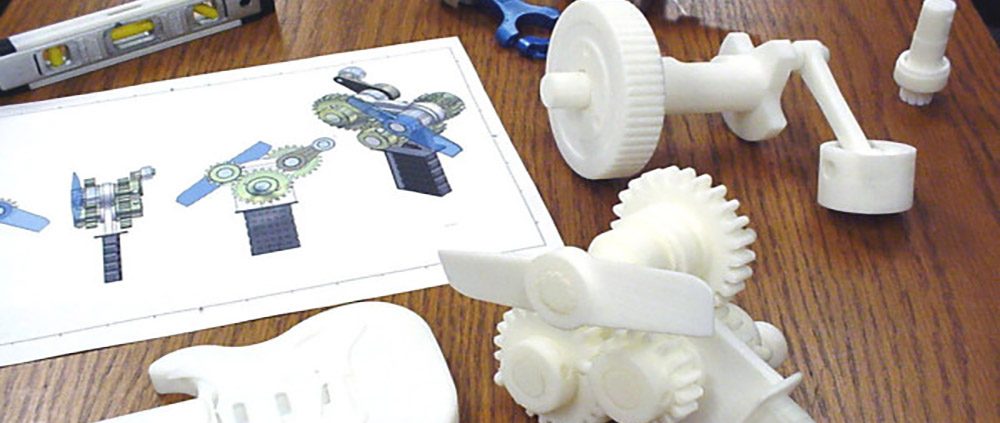The inspection design prototype is not only visible,but also touchable. Therefore,the prototype can vividly reflect the artistic creativity of the interior designer in a physical way,preventing “drawing beautifully but making it unsightly”Shortcomings.So,prototype manufacturing is indispensable in the development of new products and the deliberation of product appearance.
Check the structural design.Since the prototype is installable,the prototype can visually reflect the effectiveness of the product structure and the level of difficulty of installation,which is conducive to finding problems and solving difficulties in time.
Prevent the risk of opening the mold immediately,because the cost of mold processing is generally very high.If the structure is found to be unscientific or other problems in the process of mold opening,the damage is obvious.Prototype manufacturing can prevent such damage and reduce the risk of mold release.
Make the product launch time much earlier,because of the advancement of prototype production,you can use the prototype for product promotion before the mold is developed,and even the early sales and production preparations to occupy the market as soon as possible.
According to the manufacturing process,the prototype is divided into CNC prototype and manual prototype;
CNC prototypes are mainly produced and processed by CNC machines. According to different production equipment,they are divided into laser rapid prototyping technology and CNC prototypes.
During this period,the prototypes of laser rapid prototyping technology are mainly matched with SLA prototypes,that is,prototypes produced and processed by using the skills of laser rapid prototyping technology. In fact,it matches with other CNC prototypes:CNC prototypes.That is,the CNC machine is used to produce the processed prototype model.
Advantages of CNC prototype:The advantage of the CNC prototype is that it can accurately reflect the information content represented by the engineering drawings.The surface quality of the CNC prototype is very high, especially in the middle and later stages of production and processing.The parts need to be painted.Therefore,CNC prototype manufacturing has increasingly become the mainstream of the prototype manufacturing industry.
If you want the prototype model to be close to the finished product and to detect the actual effect of the appearance,you must make a prototype model.After the prototype model is completed,it must be polished. What is the polishing of the prototype model?
Prototype model polishing is to eliminate burrs,oily dust on the surface of the part or the surface of the material,reduce the surface roughness of the surface of the product,and improve the adhesion of the coating after polishing the old paint film.Prototype model polishing can be divided into traditional manual polishing and modern polishing.
After a prototype part is CNC processed,its surface will inevitably cause many burrs and knife marks.At this time,it is necessary to manually solve this problem manually.Generally,people will choose sandpaper for sanding,or sanding and polishing.The basic appearance solutions include sanding,sandblasting,sanding and polishing,coloring,silk screen ink,and electroplating.
As a professional manufacturer,we have the capabilities to produce the finest Visual Design Models,Full-functional Engineering Prototypes or Low volume production runs that allow you to proof your designs thoroughly,and help you to focus on key elements of product development.
If you need any help,please feel free to contact us!

